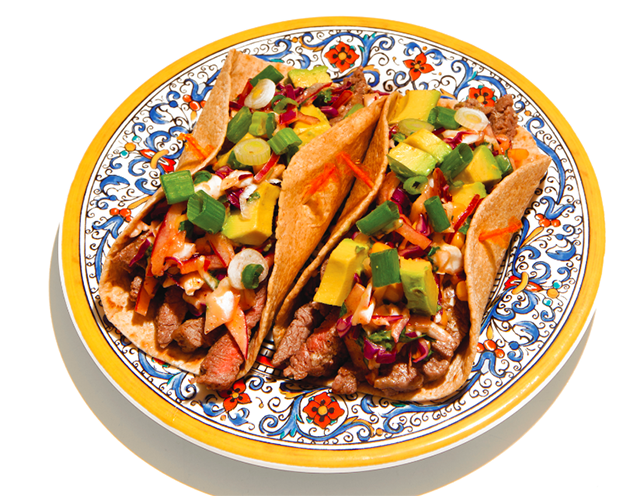


The beautiful thing about creating training programs is that the options are infinite and you literally get to see your knowledge and creativity manifest right before your eyes. Does this mean that all programs are created equal? Not at all. But as long as a program adheres to a few select principles, the end result can be a beautiful form of artistry.
To me, training programs are akin to what a recipe is to a chef. While a recipe may call for specific ingredients, the chef who is making the dish has the freedom of choice to add or remove certain ingredients based on what they think will create the best end result. So while there is a structure in place, in terms of parameters to follow, the person making the food has the option to use their own creativity to spice things up.
The Recipe For Success
I’ve spent literally thousands of hours studying training programs over the course of my career in the hopes that I would be able to think like the great coaches who developed them. I thought that if I developed an identical program to one of theirs, it would make me just like them—and thus I could consider myself to be as good as them.
In my effort to perfect my craft and sharpen my skills, I’ve come to learn that I will never be fully able to create the exact same programs as some of my mentors. But over time I began to have success with the clients I was working with who were following programs that I’d designed. Through trial and error, and my own successes, I realized that you don’t need to be able to replicate the programs of those you look up to, and that if you search a little deeper, you’ll find some hidden gems. These gems are the underlying principles that guide the decision making process when developing a training program. These principles are essentially the base ingredients of the recipe for success.
Knowing and understanding these principles has allowed me to use my own creativity to come up with some equally effective training programs as those written by the greats, but with ideas that are completely unique to me and my own experience. I’ve learned that as long as I use the right ingredients, but in varying amounts, I am able to present my clients with a five-star experience in terms of what it delivers.
Base Ingredients For Skinny Guys
• Train the same body part two to three times a week.
• Get strong first and then introduce a wide spectrum of rep ranges.
• Select your exercises based on balancing your body’s weak links.
• Periodize either the density, volume, intensity, or frequency based on goals.
• Perform each exercise through its full and controllable range of motion.
• Focus on making micro-progressions from workout to workout.
• Apply a deload strategy.
Like any recipe, these principles are open to interpretation, but they make up the underlying foundation that I use in the beginning stages with anyone. Once an individual has a solid base of strength and an increased capacity to recruit their muscles, many of these rules can be broken. But until that point in time, these are the principles that I believe everyone should follow.
Many of you are probably thinking that you are the exception and you want to hear more about breaking the rules. I doubt that is the case, but I’ll share some of the rules that I occasionally disobey. Breaking these rules is not something I do unless I feel that the my client is ready. In my experience, an individual often feels they are ready long before they truly are.
The Curveballs
• Train infrequently, as a result of doing more per workout.
• Lift light and get “pumped” first, then go heavy. In other words, focus on your 10 rep max as opposed to your one rep max. Divide and conquer by isolating different areas and trashing them individually.
• Limit the range of motion to the range that puts the tar-geted area under the most stress.
When I feel an individual is ready, I’ll begin to tweak the ingredients and add a little flavor. If an individual has been training consistently, using only a limited amount of exercises, focusing on proper technique and full range of motions, I’ll often throw them a curveball and see how they respond. If the individual is ready, they’ll generally respond favorably. But just like in baseball, sometimes the curveball strikes them out—in this case, they weren’t ready and we go right back to basics.
The purpose of the curveball is to take advantage of the strengths they’ve been developing, much the way a hitter would when a pitcher opts to show him something different. In this case, the fastball is the base ingredients above. If an individual has developed the capacity to recruit their muscles at will (which is the purpose of the base principles), they’ll knock this curveball right out of the park.
When an individual is ready, curveballs like partial reps and isolation exercises become much more valuable. But if the person can’t direct the tension onto the targeted area, there’s really not a whole lot of benefit to performing a bunch of different exercises and advanced techniques that can’t be felt in the first place.
These are just the principles that underline the creation of the training programs I’m developing. What I’d like you to think about is, what principles guide you in the decisions you make in terms of creating a program? What’s your “fastball” and what’s your “curveball,” and how have you responded to it in your journey?
by Vince Del Monte






















You must be logged in to post a comment Login